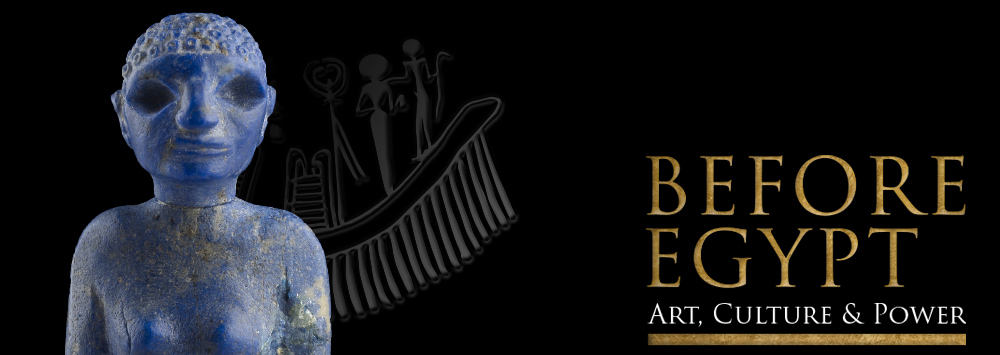

Before Egypt - Lapis Lazuli Lady
11 May 2019 - 26 October 2019
Location: Galleries 1,2 and 4
Free entry
Before Egypt is a major new exhibition featuring the internationally important collections of Predynastic Egyptian and Nubian artefacts from the University of Liverpool’s Garstang Museum of Archaeology, supplemented by loans of key objects from UK museums.
With artefacts dating from as early as 7,000 years ago, Before Egypt delves into the prehistoric past of Egypt and Nubia, featuring the ways in which early art, culture and politics were influenced by the unique geography of the Nile Valley. Many of the artefacts highlighted in the exhibition have never previously been on public display.
The exhibition culminates with the beginning of the Pharaonic Age in around 3000BC, showcasing artefacts from the tomb of Neith-hotep, the earliest historically attested woman in the world. Displays feature an object in the Garstang collection which suggests that this remarkable woman may have been more than ‘just’ a Queen...
The exhibition’s curator, Dr. Gina Criscenzo-Laycock said: “When people think of Egypt, they tend to think of pyramids and gold masks, mummies and animal headed gods. But where did the people who created these wonders come from? And who was Neith-hotep, the first woman in the world whose name survives to this day? Was she a queen, or was she Egypt’s first Pharaoh? This exhibition is an exciting opportunity to talk about how we interpret ancient evidence, and invites visitors to examine their own preconceptions and preferences.”
Lapis Lazuli Lady
Location: Gallery 4
See the Lapis Lazuli Lady, a 5,000 year old statuette discovered in Egypt, on loan from the Ashmolean Museum of Archaeology. The head of the figurine - which was imported into Egypt from Afghanistan in the prehistoric period - was found by the University of Liverpool's Professor John Garstang, at the ancient site of Hierakonpolis.